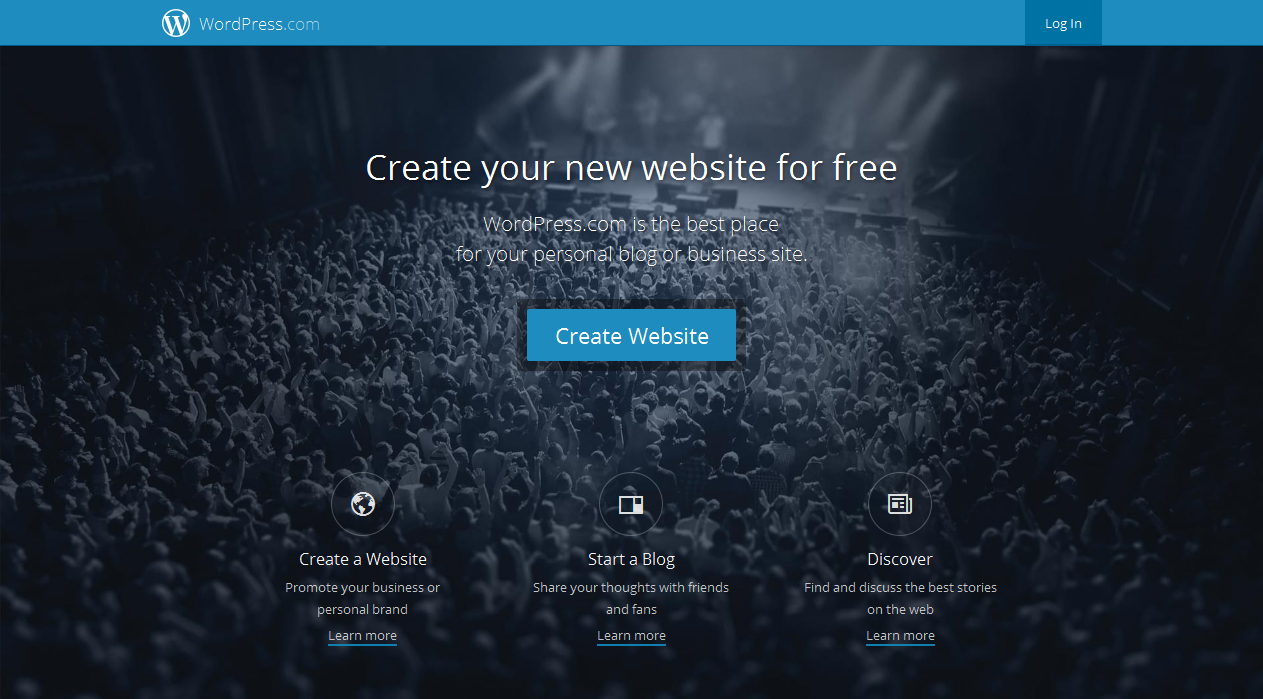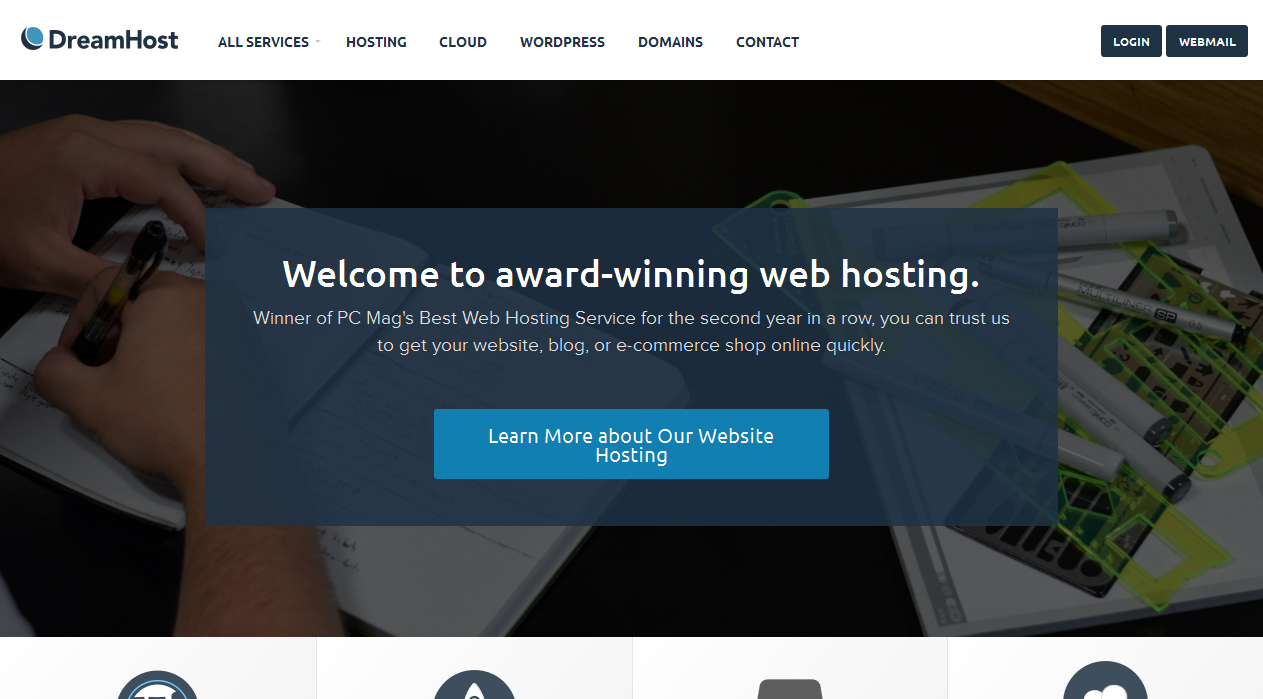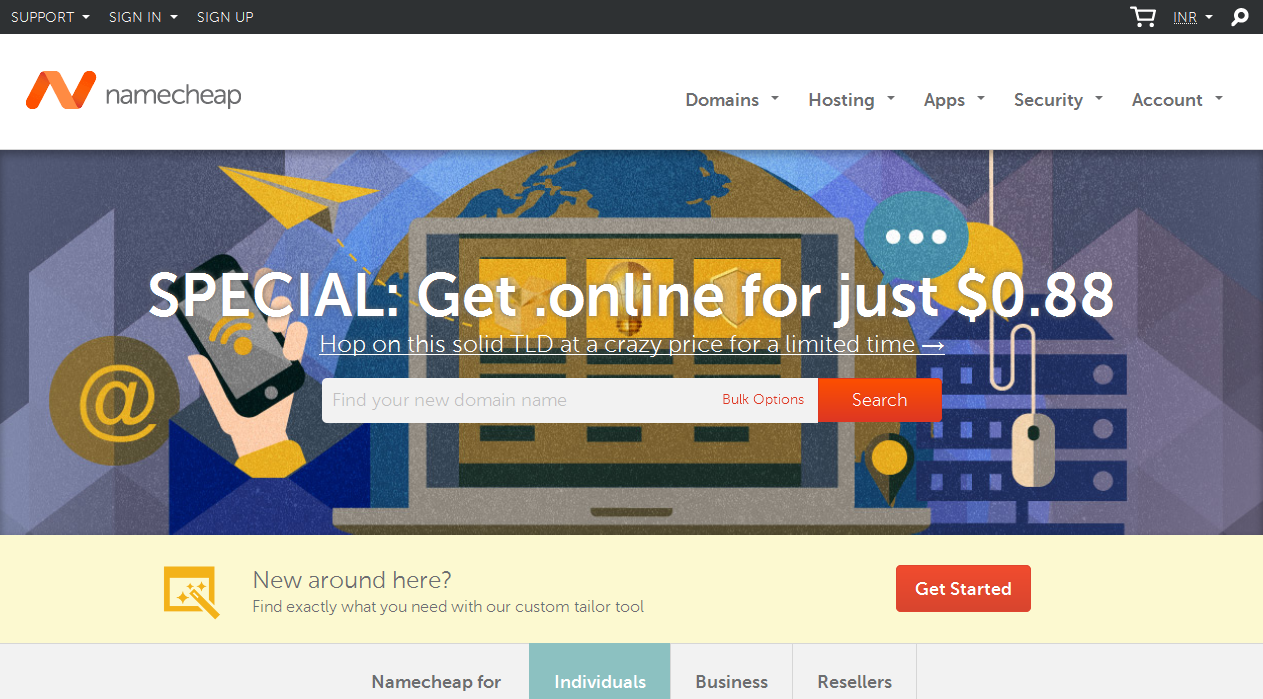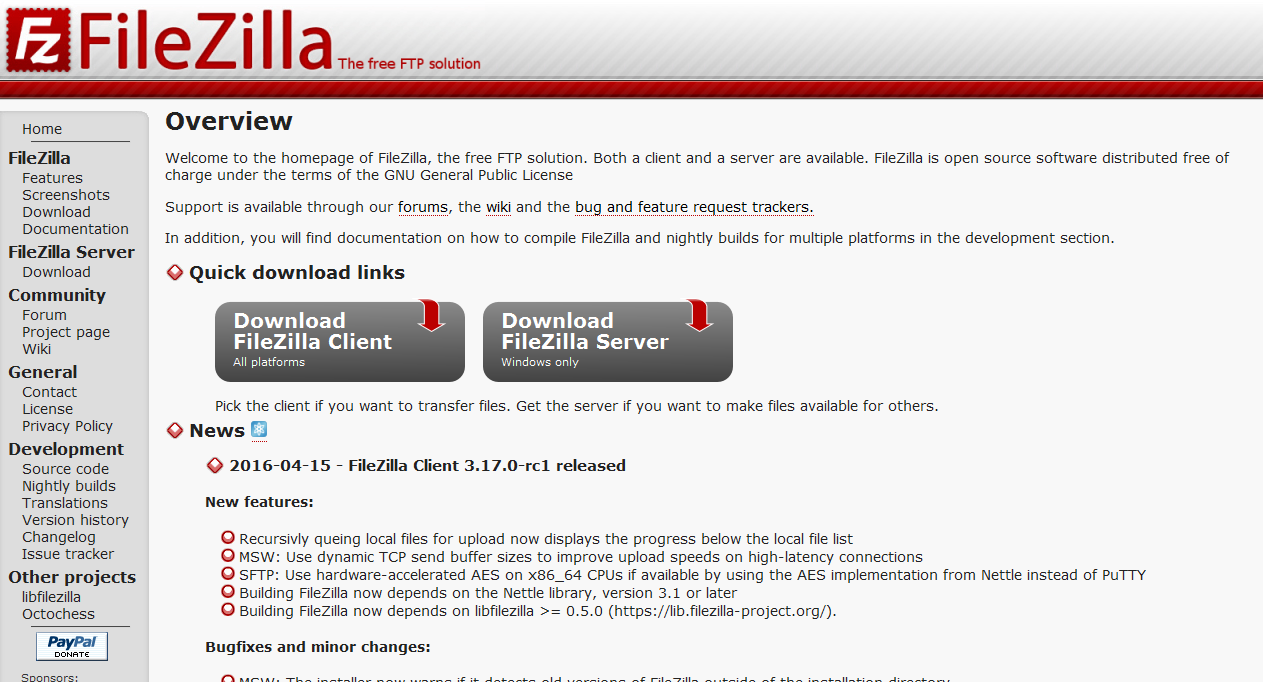WordPress is a standout amongst the most well known blogging and cloud platforms available, with more than 66 million websites around the globe. In any case, free content management and layouts aren’t the main features the WordPress offers — you can download the software from WordPress.org and set up your own custom site within few minutes.

This article helps you set up your own hosted WordPress webpage, including how to register for a domain name, join with a hosting provider and easily download and install the WordPress.org software onto your PC.
- WordPress.org versus WordPress.com
You may consider about the advantages of WordPress.org over the free dotcom course. The difference between the two managements truly comes down to adaptability and customization: WordPress.org takes into consideration a great deal more opportunity for blogging and transferring content.
Despite the fact that WordPress.com is basically a one-stop shop and simpler to utilize, it’s more prohibitive, and consequently accompanies a marked WordPress.com area (for instance, yourblog.wordpress.com).

WordPress.org, then again, isn’t an online-just content management system; it’s product that you download and introduce on your hard drive, combined with a webpage that is hosted somewhere else on the web. It’s best in class, and offers more features.
Another thing to consider is money. Both WordPress managements are in fact free, yet the downloaded software is just usable if you pay for a custom domain name and web hosting.
- Enrolling a Domain Name and Finding a Host
Before whatever else, locate a solid management to enlist your unique domain name and host your WordPress site. There are thousands to look over, a large number of which can save your domain and give hosting at the same time. In any case, ensure it meets WordPress’ base requirements, which can be found here.
WordPress’ fundamental webpage expresses that the greater part of the available hosting choices work fine and great, and it has “managed a larger number of hosts than you can visualize.” However, the cloud platform features three managements that you can trust will work especially well with your site:
Bluehost: Features include auto-install, promptly accessible designs, unlimited disk space, unlimited month to month data transfer, hosting unlimited domains on the same account, 2,500 email address and that’s just the beginning.
DreamHost: Features include a single click installation, software redesigns, unlimited hosting areas, a two-week trial, a free domain name and a few free additional features.

There are various advantages for selecting one of these managements. Since they all accomplice with WordPress, they guarantee a smoother setup process, less expensive expenses and unique components you’ll experience difficulty finding somewhere else. Additionally, a little gift backtracks to WordPress.org, which is an awesome approach to support the platform.
We suggest running with one of these three managements, only for the simplicity of establishment, however there are various other mainstream alternatives with which you might be more recognizable, including Namecheap and GoDaddy.

- Downloading and Installing (Without One-Click)
Before you begin the installation process, ensure you have four extra elements for the WordPress formula. The first is a File Transfer Protocol (FTP) customer, which is the way you can transfer documents to your site. You can download a free, legitimate duplicate of the suggested FTP customer FileZilla here. Another great choice is Cyberduck.

You’ll additionally require access to your web server (your web host ought to have this through its own particular programming, by means of an instrument like Apache), a plain content manager (Notepad on PCs, TextEdit on Macs, and so forth.) and, obviously, your web program of decision.
Presently, go to the download page and tap the catch that says, “Download WordPress 3.5.1.” The product arrives in a packed ZIP record — unfasten the document onto your hard drive.
You’ll have to make a database for WordPress on your web server and a MySQL client that can get to the majority of the put away posts, remarks, metadata and other data. You’re hosting provider most likely does this for you as of now, or has its own particular guidelines to set it up. Else, you’ll need to make one physically utilizing either cPanel (you’re hosting control board), phpMyAdmin, the MySQL Client or Direct Admin — click here to discover particular guidelines for each. In case you’re even more a visual learner, this a player in the video begins at 1:55.
You’ll have to enter this data into the document named “wp-config-sample.php,” and after that is finished, rename it wp-config.php (this is important). Next, you have to coordinate WordPress and your area by moving the majority of the content of the unfastened WordPress catalog (yet not the WordPress index record itself) into the root registry of your web server. Note this may take some time.
Explore to your URL by writing http://yourname.com/wp-administrator/install.php. Fill in your data, sign in with the interim username and secret key WordPress gives, and now you have another site readily available.
These last few stages are somewhat confused; considering this fundamental system, look at WordPress’ broad, definite establishment directions here, and in case you’re running into issues, take a gander at regular establishment issues and their answers here.
- Additional Features
Topics: Building your site’s backend without any preparation doesn’t mean you need to do without the assortment of subjects WordPress offers. Look at WordPress.org’s registry of 1,764 topics and add some identity to your site.
Modules: WordPress.org has a catalog of 25,229 modules to add to your site, including Akismet to channel spam and WP Optimize for exhaustive security.
Gatherings: With WordPress, there’s continually something new to learn. Examine the groups to discover resources, articles and test.

